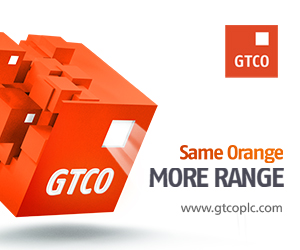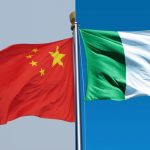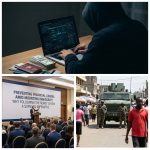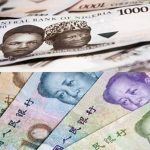World
Nigeria, Others Discuss Child Labour in Artisanal and Small-scale Gold Mines
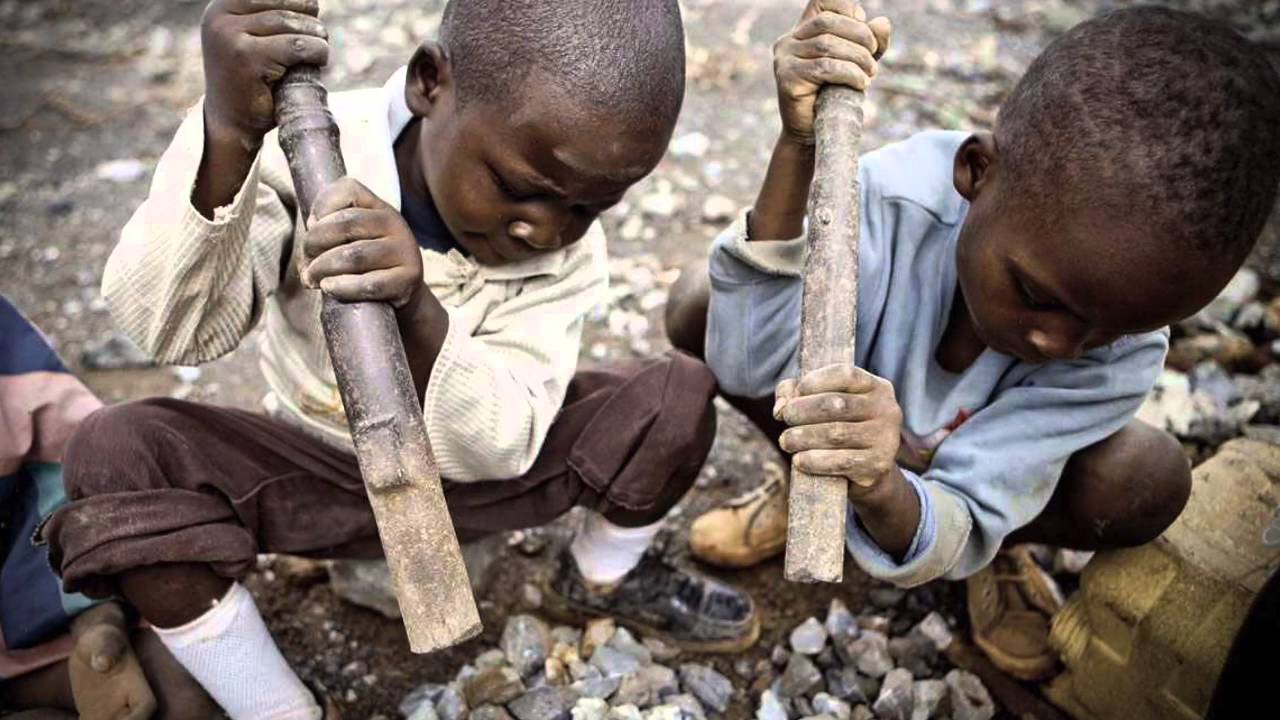
Experts and global actors from Africa, Asia and South America gathered in Manila to address child labour and poor working conditions in artisanal and small-scale gold mines (ASGM).
The first-ever Inter-regional Knowledge-Sharing Forum on Child Labour and Working Conditions in ASGM of the International Labour Organization (ILO) served as a platform for dialogue.
Governments, employers’ and workers’ organizations, international non-government organizations, civil society organizations, miners’ groups and their communities, and ASGM supply chain actors joined the forum.
Countries represented were Colombia, Congo, Cote d’ Ivoire, France, Ghana, Guyana, Indonesia, Italy, Mali, Mongolia, Nigeria, Philippines, Thailand, Switzerland, United Kingdom and the United States.
“Jobs in artisanal and small-scale gold mines are often linked to poor working conditions, with limited rights and access to social protection, without a voice and freedom to join unions.
Miners risk their safety and health even without stable income to lift their families out of poverty. Of great concern are children working in these mines, which is one of the worst forms of child labour,” said Khalid Hassan, Director of the ILO Country Office for the Philippines.
ILO estimates in 2011 revealed that 19,000 children work in 45 artisanal and small-scale gold mines in the Philippines. Children can be found inside mining tunnels or on surface collecting gold and hauling sacks of ore or smelting gold.
The sector is associated with many labour issues such as hazardous working conditions that have led to work-related injuries, diseases and deaths. Child labour is also present in different mining stages. Evidence from various ILO surveys and research studies show that mining is by far the most hazardous sector for children with respect to fatal injuries.
“We should continue to zero-in on families as they need to know the risks involved in sending their children away for work. Child labour is not the solution to the households’ economic problems, rather, it creates long-term problems. This forum is a step forward to be more responsive and to provide us with the necessary tools to address child labour and other labour issues in ASGM,” said Secretary Silvestre Bello III of the Department of Labor and Employment (DOLE).
The 3-day forum held on May 28 to 30, 2019 in Manila provided a venue to exchange knowledge, technologies, practices and challenges to put forward concrete solutions to address child labour and poor working conditions. The forum also looked at the impact of the sector on people and the environment.
“We are well aware of negative impacts of ASGM on people and the environment. Most of the operations in the sector continue to work without permits and mining practices are not covered by government regulation. This is mainly the reason why two of the worst issues in the mining sector – child labour and working conditions – are common in ASGM,” said Secretary Roy Cimatu of the Department of Environment and Natural Resources (DENR).
Implemented under the ILO CARING Gold Mining Project (Convening Actors to Reduce child labour and Improve working conditions in ASGM), which is funded by the United States Department of Labor (USDOL) , the forum linked issues of child labour and working conditions to decent work and compliance with Fundamental Principles and Rights at Work for workers, families and communities in the sector.
“The United States is proud to support these efforts through the US Department of Labor. The 3-year programme aims to reduce child labour and address working conditions in the sector in Ghana and the Philippines. This is one part of a broader effort by the United States to support human and labour rights in the Philippines, and beyond,” said US Ambassador to the Philippines Sung Yong Kim.
Although there are various global organizations working on ASGM issues, concerns on child labour and other labour-related issues could be better coordinated, especially at the local level. Knowledge and action to eradicate child labour also need to be expanded in line with relevant international labour standards.
The International Training Center (ITC) of the ILO organized the forum, with support of the USDOL, Organization for Economic Cooperation and Development (OECD), the United Nations Environment Programme (UNEP), Alliance for Responsible Mining (ARM), DOLE, DENR, and BanToxics, and other partners.
World
Accelerating Intra-Africa Trade and Sustainable Development
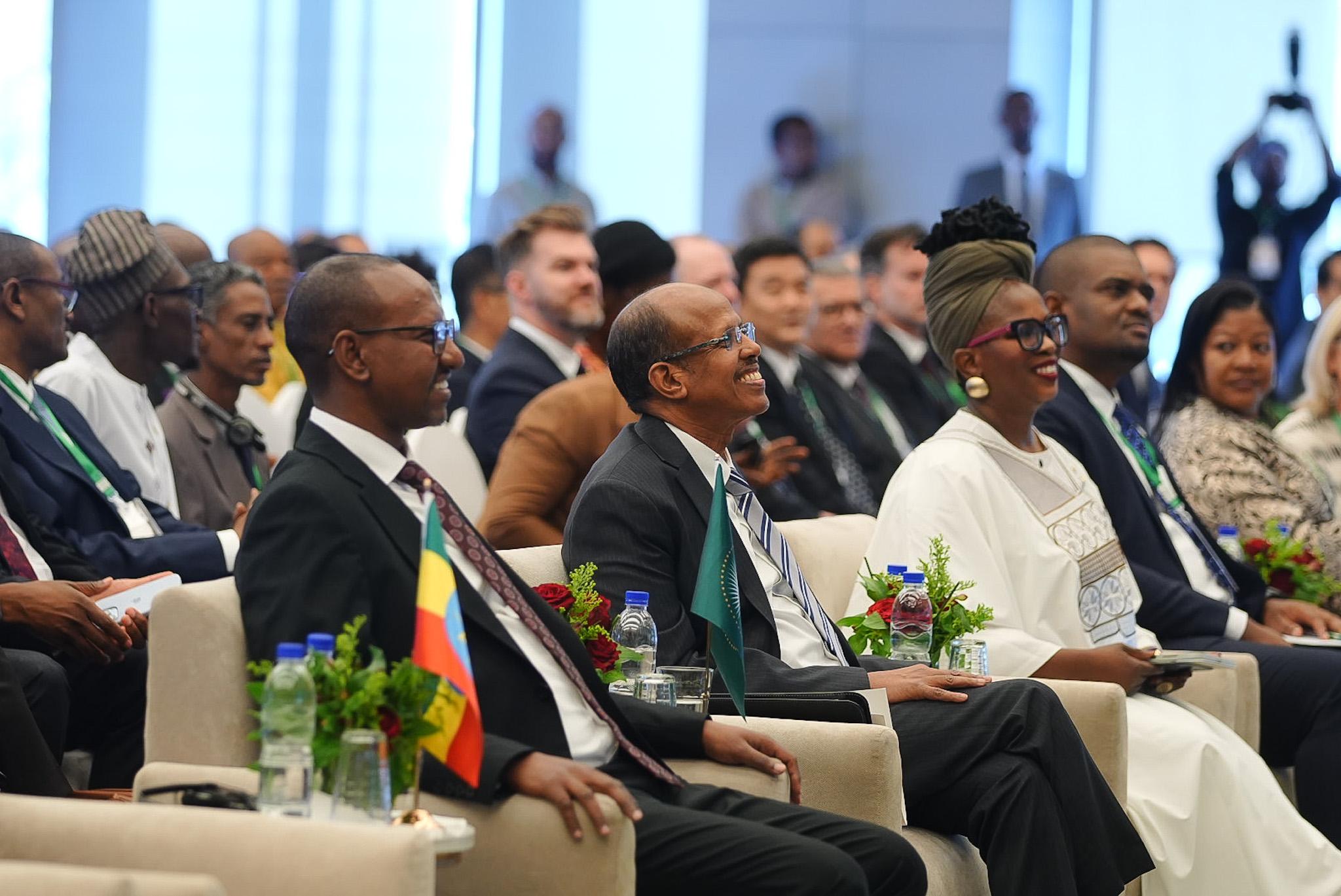
By Kestér Kenn Klomegâh
Africa stands at the cusp of a transformative digital revolution. With the expansion of mobile connectivity, internet penetration, digital platforms, and financial technology, the continent’s digital economy is poised to become a significant driver of sustainable development, intra-Africa trade, job creation, and economic inclusion.
The African Union’s Agenda 2063, particularly Aspiration 1 (a prosperous Africa based on inclusive growth and sustainable development), highlights the importance of leveraging technology and innovation. The implementation of the African Continental Free Trade Area (AfCFTA) has opened a new chapter in market integration, creating opportunities to unlock the full potential of the digital economy across all sectors.
Despite remarkable progress, challenges persist. These include limited digital infrastructure, disparities in digital literacy, fragmented regulatory frameworks, inadequate access to financing for tech-based enterprises, and gender gaps in digital participation. Moreover, Africa must assert its digital sovereignty, build local data ecosystems, and secure cyber-infrastructure to thrive in a rapidly changing global digital landscape.
Against this backdrop, the 16th African Union Private Sector Forum provides a timely platform to explore and shape actionable strategies for harnessing Africa’s digital economy to accelerate intra-Africa trade and sustainable development.
The 16th High-Level AU Private Sector forum is set to take place in Djibouti, from the 14 to 16 December 2025, under the theme “Harnessing Africa’s Digital Economy and Innovation for Accelerating Intra-Africa Trade and Sustainable Development”
The three-day Forum will feature high-level plenaries, expert panels, breakout sessions, and networking opportunities. Each day will spotlight a core pillar of Africa’s digital transformation journey.
Day 1: Digital Economy and Trade Integration in Africa
Focus: Leveraging digital platforms and technologies to enhance trade integration and competitiveness under AfCFTA.
Day 2: Innovation, Fintech, and the Future of African Economies
Focus: Driving economic inclusion through fintech, innovation ecosystems, and youth entrepreneurship.
Day 3: Building Policy, Regulatory Frameworks, and Partnerships for Digital Growth
Focus: Creating an enabling environment for digital innovation and infrastructure through effective policy, governance, and partnerships.
To foster strategic dialogue and action-oriented collaboration among key stakeholders in Africa’s digital ecosystem, with the goal of leveraging digital economy and innovation to boost intra-Africa trade, accelerate economic transformation, and support inclusive, sustainable development.
* Promote Digital Trade: Identify mechanisms and policy actions to enable seamless cross-border digital commerce and integration under AfCFTA.
* Foster Innovation and Fintech: Advance inclusive fintech ecosystems and support innovation-driven entrepreneurship, especially among youth and women.
* Policy and Regulatory Harmonization: Build consensus on regional and continental digital regulatory frameworks to foster trust, security, and interoperability.
* Encourage Investment and Public-Private Partnerships: Strengthen collaboration between governments, private sector, and development partners to invest in digital infrastructure, R&D, and skills development.
* Advance Digital Inclusion and Sustainability: Ensure that digital transformation contributes to environmental sustainability and the empowerment of marginalized communities.
The AU Private Sector Forum has held several forums, with key recommendations. These recommendations provide valuable insights into the challenges and opportunities facing the African private sector and offer guidance for policymakers on how to support its growth and development.
World
Russia’s Lukoil Losses Strategic Influence Across Africa
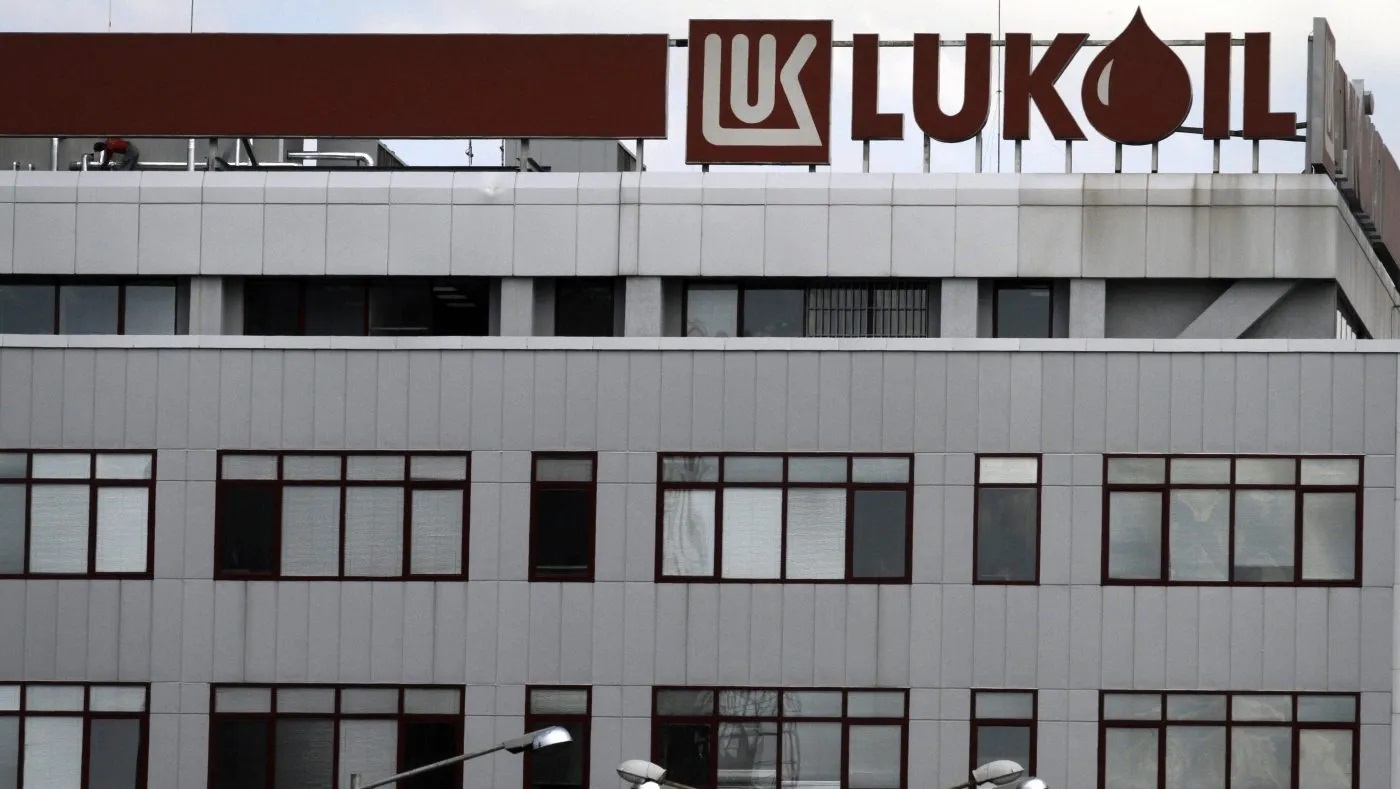
By Kestér Kenn Klomegâh
Lukoil, Russia’s energy giant, has seriously lost its grounds across Africa, due to United States sanctions. Sanctions have complicated the company’s potential continuity in operating its largest oil field projects, grappling its investment particularly in Republic of Ghana, Democratic Republic of Congo, and Federal Republic of Nigeria.
Reports indicated the sanctions are further dismantling most of Lukoil’s operations, causing significant staff layoffs in its offices worldwide. For instance, Lukoil’s significant upstream operations in the Middle East include a 75% stake in Iraq’s West Qurna 2 oilfield and a 60% stake in Iraq’s Block 10 development. In Egypt, the company holds stakes in various oilfields alongside local partners.
Lukoil has until December 13, 2025, to negotiate the sale of most of its international assets, including those in Asia, Africa and Latin America. It has already terminated several important agreements that were signed with international partners due to difficulties in circumventing the sanctions.
Reports said calculated efforts to diversify exploration business relations is turning extremely complex, and current at the cross-roads, Lukoil will have to ultimately give up existing contracts and agreements it had signed with external countries.
Lukoil’s website reports also pointed to reasons for abandoning oil and gas exploration and drilling project that it began in Sierra Leone. According to those reports, Lukoil could withdraw from almost all of the projects in West Africa.
In addition to geopolitical sanctions, technical and geographical hitches, Lukoil noted on its website, an additional obstacles that “the African leadership and government policies always pose serious problems to operations in the region.” Similarly, the Kremlin-controlled Rosneft abandoned its interest in the southern Africa oil pipeline construction, negatively impacted on Angola, Mozambique, South Africa and Zimbabwe.
United States sanctions has hit Lukoil, one of the Russia’s biggest oil companies, like many other Russian companies, that has had a long history shuttling forth and back with declaration of business intentions or mere interests in tapping into oil and gas resources in Africa.
World
Putin Launches RT India Broadcasting
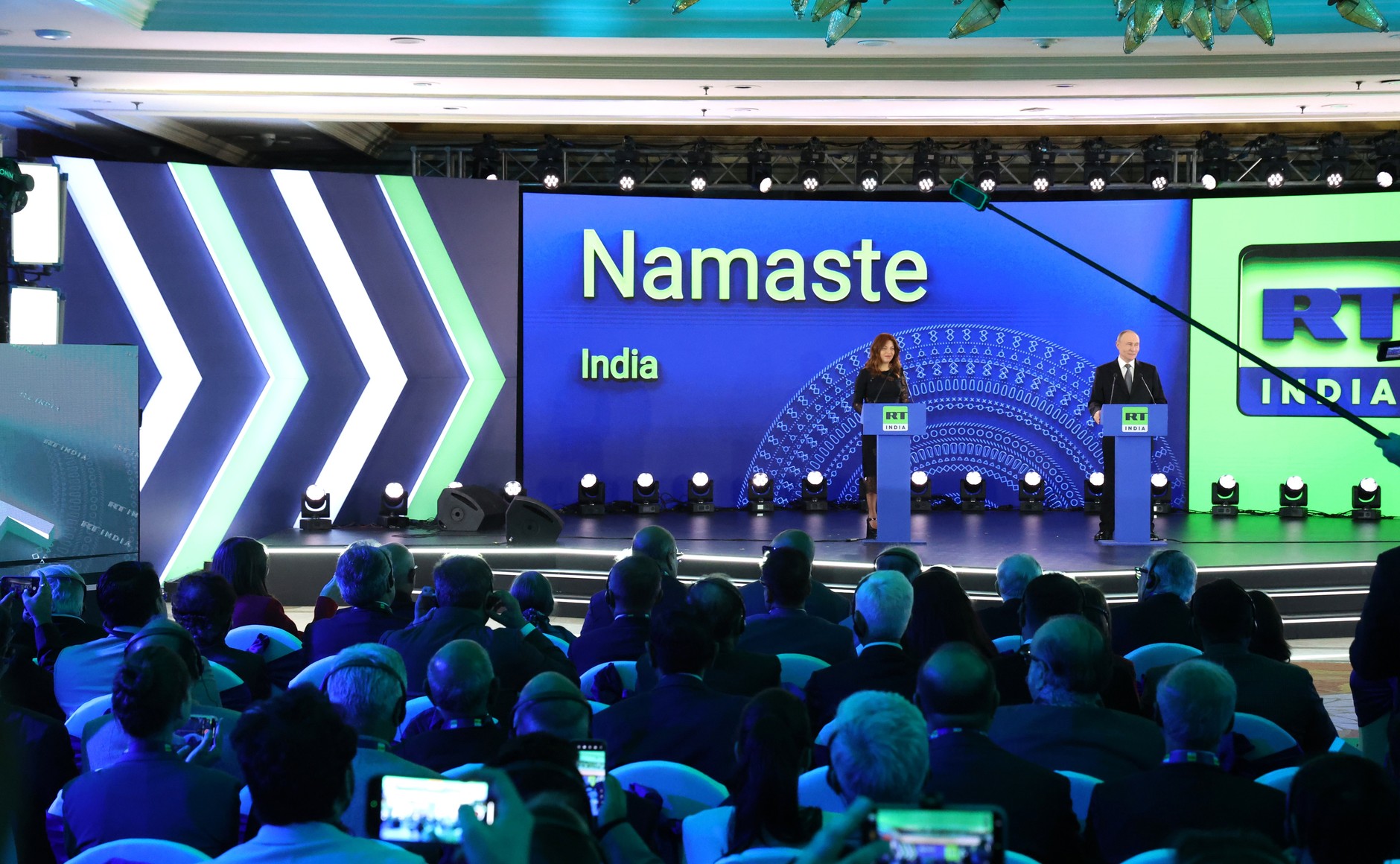
By Kestér Kenn Klomegâh
In New Delhi, President Vladimir Putin, alongside Editor-in-Chief of Russia Today, Margarita Simonyan, took part in the launch ceremony of the RT India TV channel. The TV channel will operate from a new studio complex in New Delhi, marking a new dimension in the bilateral media sphere.
Editor-in-Chief of Russia Today, Margarita Simonyan, indicated that the collaboration, naturally, points to India’s hospitality, affirming that this endeavour was not only worthwhile but long overdue.
Vladimir Putin, officially, launching the TV studio, also emphasized that the Russia Today channel in India, RT India, grants millions of Indian citizens clearer, more direct access into insights about contemporary Russia – the realities, aspirations, and perspectives. He reiterated the existing traditional friendship, and the ties between the Indian and Russian peoples go much deeper into the past; which rests on a solid historical foundation. And at the core of relationship lies mutual interest.
Russia Today is a source of truthful and reliable information, focused on serving the interests of its viewers and listeners. Its main mission is merely to promote Russia, its culture, and its positions on domestic and international issues. Above all, Russia Today strives to convey truthful information about the country and about what is happening in the world. This is the absolute value of Russia Today.
-
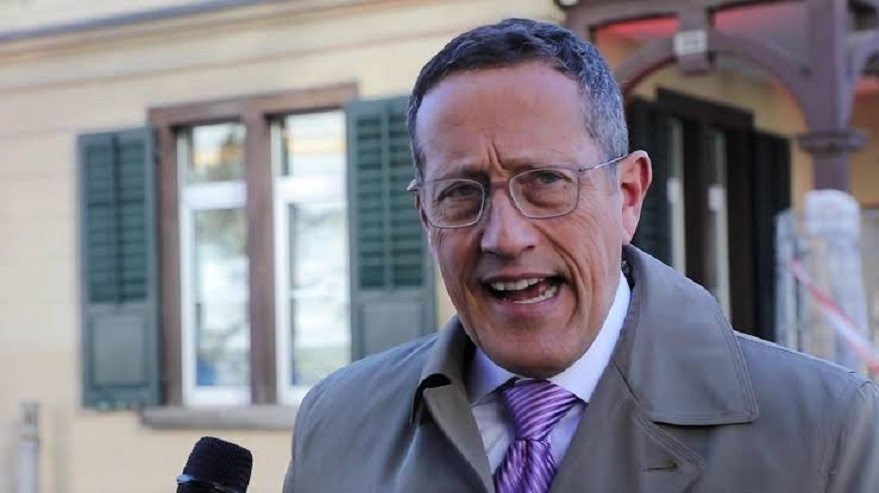
 Feature/OPED6 years ago
Feature/OPED6 years agoDavos was Different this year
-
Travel/Tourism9 years ago
Lagos Seals Western Lodge Hotel In Ikorodu
-

 Showbiz3 years ago
Showbiz3 years agoEstranged Lover Releases Videos of Empress Njamah Bathing
-
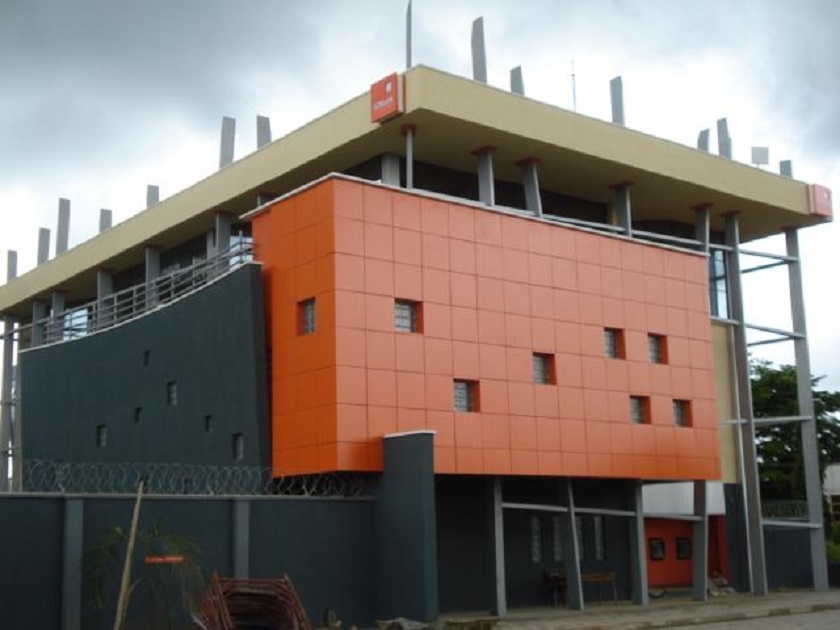
 Banking7 years ago
Banking7 years agoSort Codes of GTBank Branches in Nigeria
-

 Economy3 years ago
Economy3 years agoSubsidy Removal: CNG at N130 Per Litre Cheaper Than Petrol—IPMAN
-
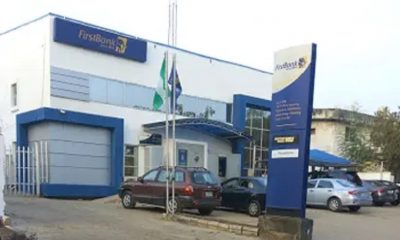
 Banking3 years ago
Banking3 years agoFirst Bank Announces Planned Downtime
-
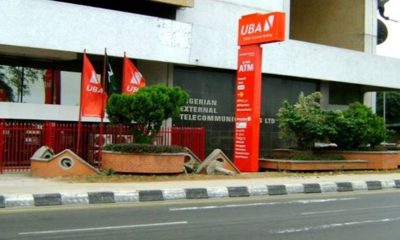
 Banking3 years ago
Banking3 years agoSort Codes of UBA Branches in Nigeria
-

 Sports3 years ago
Sports3 years agoHighest Paid Nigerian Footballer – How Much Do Nigerian Footballers Earn



